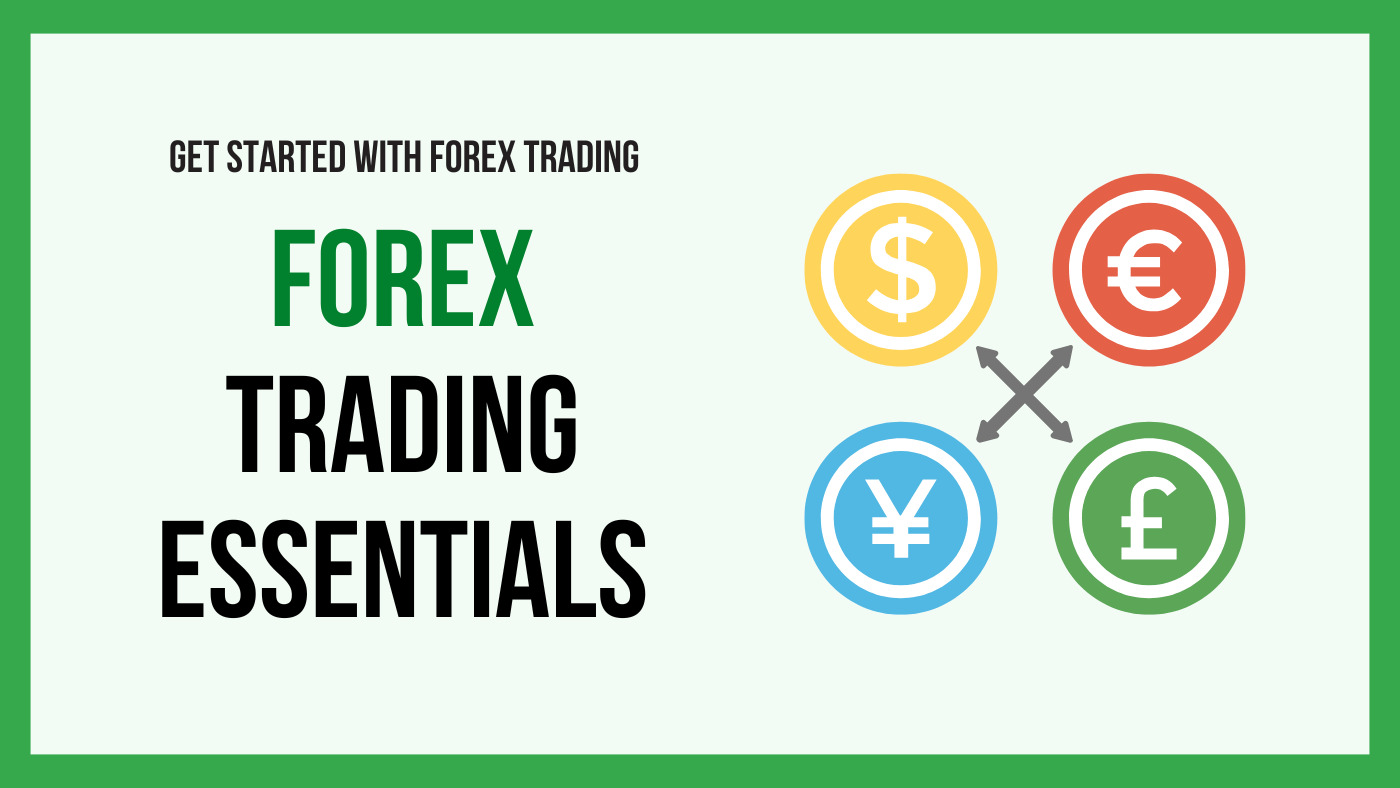Trading Journalist | Posted on | Share-Market-Finance
How to Get Started in Forex Trading?
| Posted on

Forex trading, also known as foreign exchange trading, is speculation about the various price movements that accompany different currency pairs within the vast global market. The daily trading volume in this market is astonishingly more than $6 trillion and is the biggest and most important financial market globally. To enter such an enormous and complex market might seem frightening to a beginner, but using the proper structured and systematic approach, one can quite easily navigate through the several complexities of forex trading with greater ease and effectiveness.
1. Understand the Basics of Forex Trading
Before entering the world of trading, one needs to know some basic ideas:
- Currency Pairs: Currency is traded in pairs such as EUR/USD where one currency is sold, and another is bought. The first currency is referred to as the base currency, and the second is the quote currency.
- Bid and Ask Prices: The bid price is what you receive when selling a currency, while the asking price is what you pay when buying. The difference between these prices is called the spread.
- Long and Short Positions: One takes a long position when she expects the currency to increase in value. A short position, however, predicts depreciation.
2. Decide on Your Trading Style
Your trading style should align with your available time and risk tolerance. Common styles include:
- Scalping: Scalping is making a lot of trade during the day for just a small profit.
- Day Trading: In which a position is opened as well as closed in a day.
- Swing Trading: Swing Trading is the kind of trading where trades are kept open for some days as it anticipates some trend in the prices.
- Position Trading: Position trading is one where the trader holds his position for a longer time than the other types. Generally, it is several weeks or even months.
3. Choose a Reliable Forex Broker
Selecting a reputable broker is essential for successful trading. Consider the following factors:
- Regulation: Ensure the broker is regulated by a recognized authority.
- Trading Platform: Familiarize yourself with platforms like MetaTrader 4 or proprietary systems offered by brokers.
- Account Types: Look for brokers that offer demo accounts for practice without financial risk.
4. Open a Demo Account
A demo account allows you to practice trading with virtual funds. This step is vital for:
- Testing your strategies without risking real money.
- Gaining familiarity with the trading platform and tools available.
5. Develop a Trading Plan
Creating a well-defined trading plan is crucial for success. Your plan should include:
- Trading Goals: Define what you aim to achieve through trading.
- Risk Management: Set rules for how much capital you are willing to risk per trade.
- Entry and Exit Strategies: Outline conditions under which you will enter or exit trades.
6. Educate Yourself Continuously
Forex markets are influenced by various factors such as economic indicators, geopolitical events, and market sentiment. Continuous education through:
- Online courses
- Webinars
- Reading articles and books on forex trading strategies will enhance your understanding and skills.
7. Start Trading Live
Once you gain confidence in your strategies and practice quite a lot on the demo account, you may eventually proceed to live trading:
- Deposit an amount into your account that you are financially prepared to lose.
- Start with small trading sizes to minimize the risks while learning.
- Monitor your trades and make the necessary adjustments based on performance and market conditions.
Conclusion
It requires a full and strong understanding of the dynamics of the market, thorough planning, and continuous education and learning. Following these basic steps—firstly, the understanding of the basic principles and facts of forex, then the proper selection of the trading style that matches your personal strategy, then the choice of the good broker according to your needs, and then taking the important step of practice on a demo account, then developing a well-thought-out trading plan, making a commitment to continuous education regarding market trends and strategies, and then entering live trading with real capital—you position yourself to go into your journey in the forex trading field with much more confidence and a far greater potential for success.
0
0 Comment
